UX Classics

Product Design Leader with experience at Apple, Kraken, Axure, and multiple design patents. Specializes in integrating AI to enhance user experiences across desktop, web, mobile, and SmartTV products.
January 26, 20258 UX Classics: The Best UX Books That Every Designer Should Read
There’s a handful of UX books that should be on the shelf (or iPhone) of every UX designer. These pioneering works offer insight and techniques that have stood the test of time as our industry has evolved over the last few decades. Below is a list of key books that have profoundly shaped the field of UX design and continue to educate new generations of designers.
#1: The Design of Everyday Things
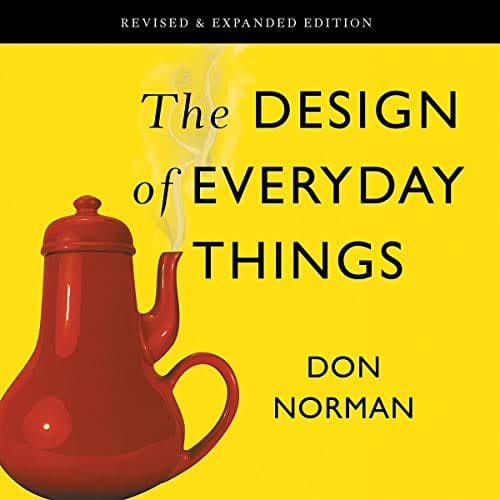
#2: Don't Make Me Think, Revisited
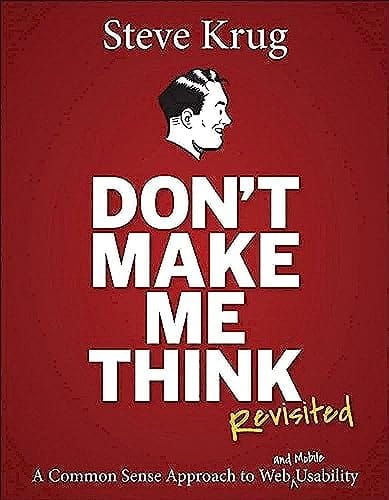
Krug advocates for a design paradigm that avoids cognitive overload, facilitating simple user interaction with digital UIs. His practical exsmple and case studies dissect the fundamental ethos of user-friendly design, making it a must-read for anyone with a curiosity for improving usability.
#3: 100 Things Every Designer Needs to Know About People
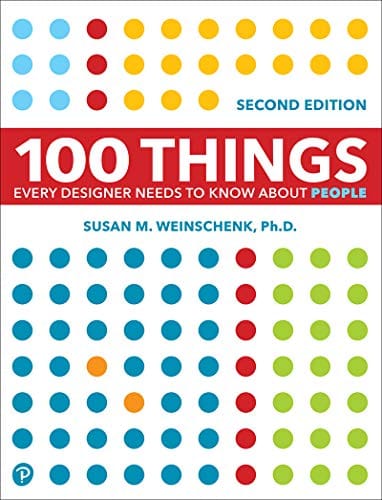
Weinschenk artfully brings together insights from various disciplines - psychology, neuroscience, and behavioural economics - to unveil how people engage with design elements. This work is a gold mine for designers seeking to build engaging experiences that truly echo their users' preferences.
#4: UX Strategy

Levy's books illustrates the crafting of a thorough UX strategy, emphasizing competitor analysis, user research, and product validation. It's a requisite read for designers and product managers who aim to develop digital products that not only fulfill user needs but also align with overall business goals.
#5: Laws of UX
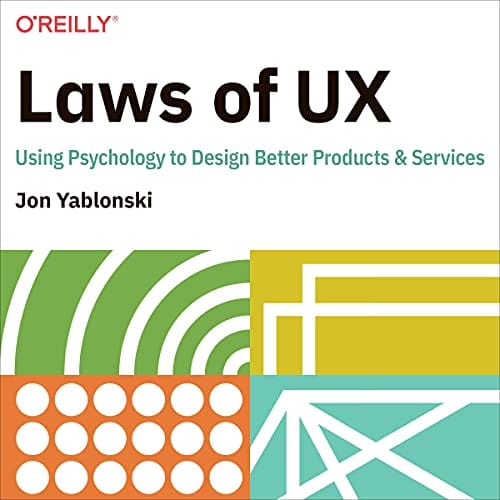
Yablonski's book shines a light on how a nuanced understanding of human psychology can fuel the creation of more compelling and engaging user experiences. It's exploration of design acumen and psychological insight makes it a great resource for designers striving to create user-centric products.
#6: Storytelling in Design
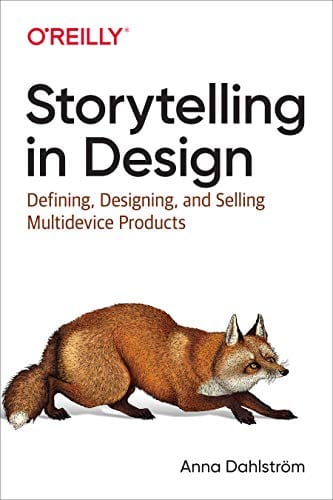
Dahlström underscores the potency of narratives in creating immersive user experiences across multiple devices. Her methodology instructs designers to mix compelling narratives into their design process, capturing user interest and creating captivating experiences.
#7: Design for How People Think
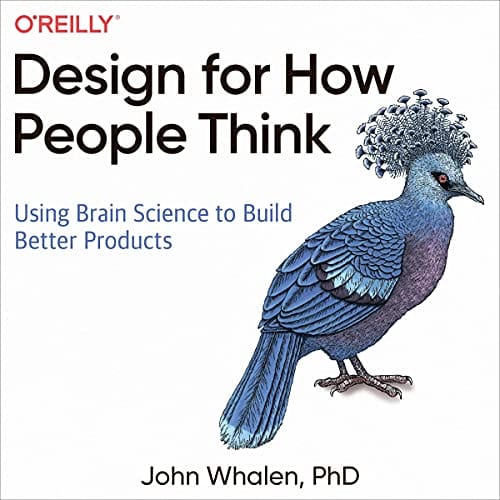
Whalen outlines the latest advancements in cognitive science to share invaluable lessons for designers. His work explains how an in-depth understanding of human thought processes can be harnessed to create designs that are truly user-focused and intuitive.
#8 The UX Book: Agile UX Design for a Quality User Experience
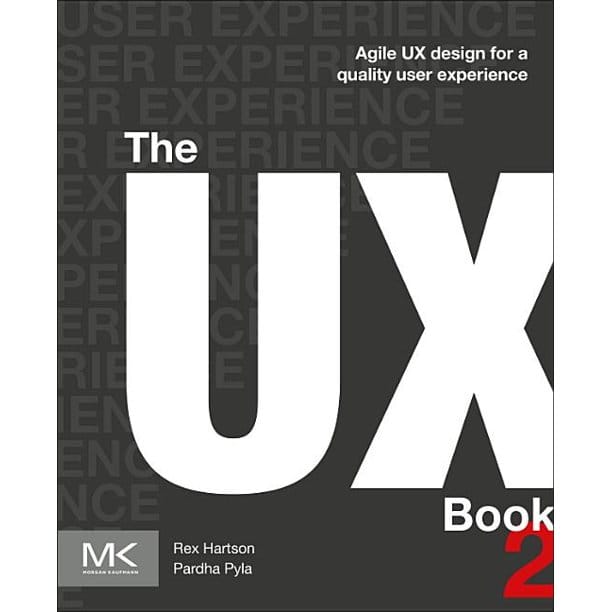
In Summary
The UX design path is one of constant exploration, and the books listed above can help guide you on your journey. Regardless of whether you’re an accomplished designer or a newbie embarking on just starting in UX design, these books can help to deepen your comprehension and enhance your UX design knowledge.